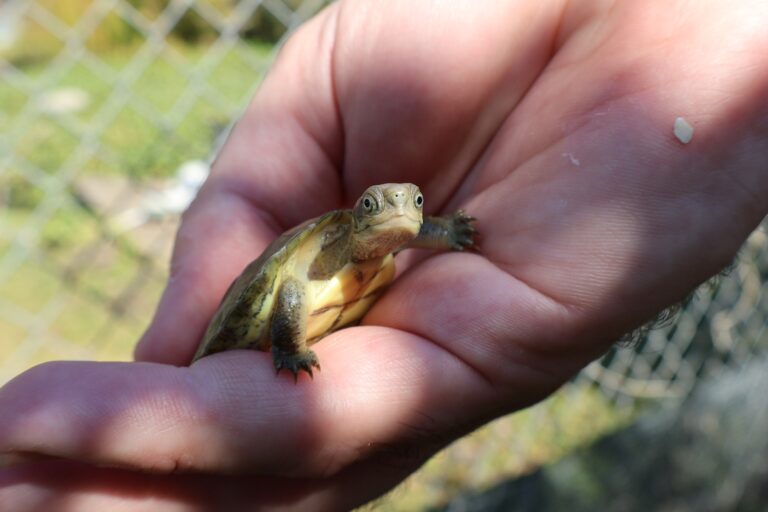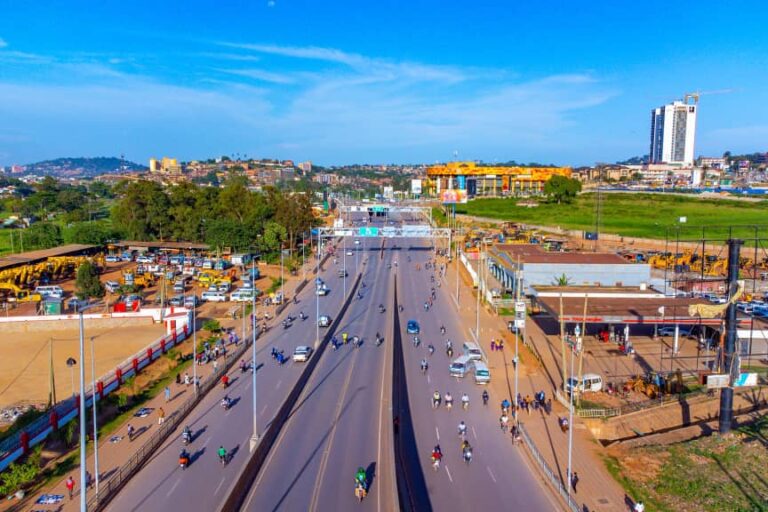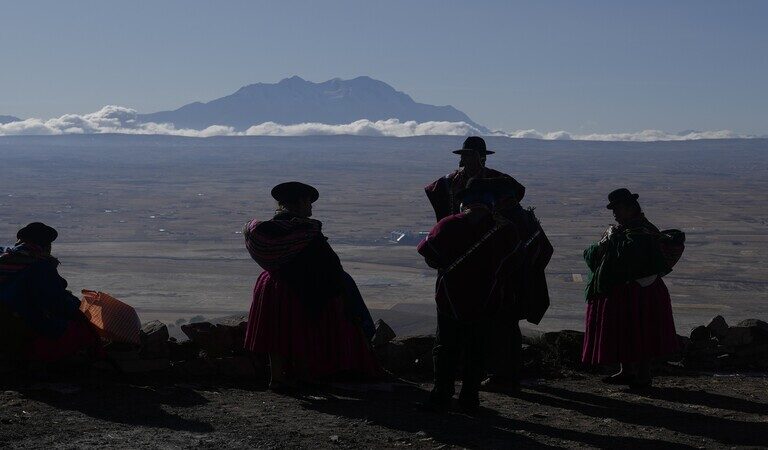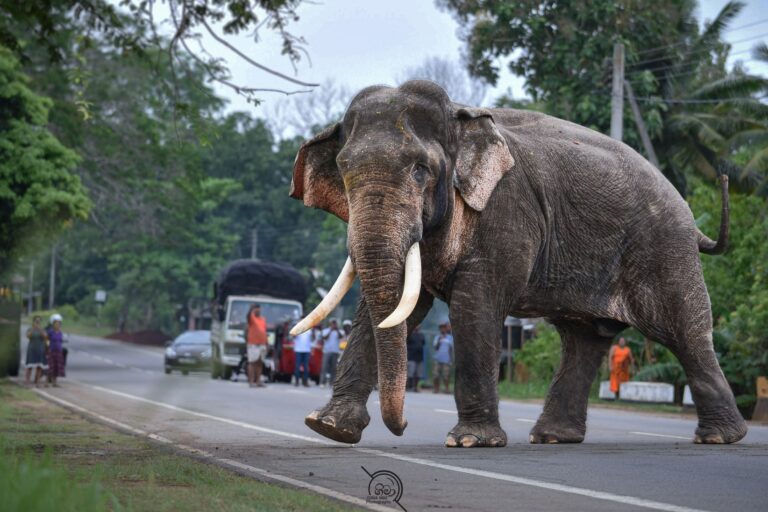Fig-eating specialists may be at a disadvantage
A new study on the island of Sulawesi in Indonesia confirms the critical importance of fig trees to the rainforest ecosystem. The research has implications for wildlife conservation in an area of high rates of forest loss from agricultural conversion and logging.
Examining diet composition and fruit availability for 23 frugivorous bird species (pigeons, parrots, hornbills and passerines) in two lowland rain forests on Sulawesi, Jonathan S. Walker of the University of Manchester, found that figs (Ficus species) comprised 57% of all fruit-eating records. Walker’s results are consistent with studies from other parts of the world that have found figs supply a disproportionate amount of sustenance for fruit-eating animals.
“Certain fruit species are particularly important, either because they dominate the diets of bird species… or act as
keystone species (‘pivotal’ food resource during times of food scarcity),” wrote Walker. “Possibly the most important keystone fruits to birds of tropical forests are figs… and palm fruits.”
Walker says that fruit-eating animals are “particularly vulnerable to continued habitat loss and fragmentation” and that better understanding their diet composition could improve conservation efforts of threatened species as well as facilitate forest restoration since many frugivores are key seed dispersers. He notes that only 49% of the Sulawesi’s indigenous forest remains and that deforestation is continuing.
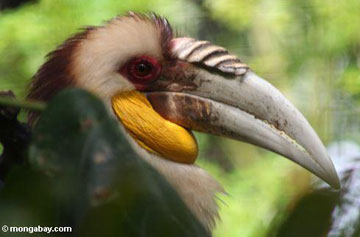 Wreathed Hornbill (Aceros undulatus). This hornbill is found in tropical forests from East India to Southwest China, Southeast Asia, Java and Bali. It does not reside in Sulawesi and is not a fig specialist. Photo taken in Java by Rhett A, Butler. |
Walker further warns that fig populations on the island are also at risk, putting additional pressure on frugivores.
“The survival of fig populations is limited by a number of factors including: (1) that viable populations of figs can require huge areas, 106—632 square kilometers, far greater than those found for other tree species (Nason et al. 1998); (2) that fig reproduction has been identified as particularly affected by habitat fragmentation and drought (Harrison 2000); and (3) that the large trees on which strangler figs disproportionately occur are themselves rare (Leighton & Leighton 1983) and at increased risk of mortality in fragmented landscapes (Laurance et al. 2000).”
Given these limitations, Walker concludes that fig specialists may be at high risk, even in protected areas.
“In light of the continued forest loss and fragmentation and the effects of climate change, specialization on figs might potentially be a relatively high-risk strategy for frugivorous birds, especially as the future viability of monoecious figs in any single reserve may depend on the existence and management of forest outside the protected area,” he wrote. “These
pressures are likely to be greatest on species that are entirely dependent on fruit and unable to turn to alternative food sources. It is therefore important that the role and conservation value of the islands’ remaining unprotected forests in supporting viable fig and frugivore populations be assessed before they are cleared.”
CITATION: Jonathan S. Walker (2007). Dietary specialization and fruit availability among frugivorous birds on Sulawesi. Ibis. doi: 10.1111/j.1474-919x.2006.00637.x









